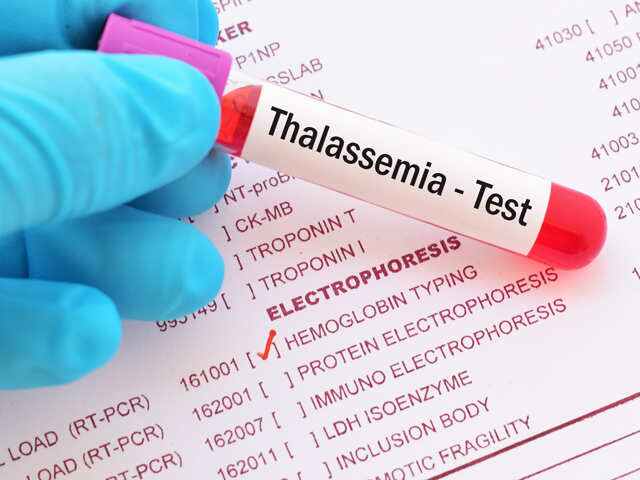Thalassemia Bal Sewa Yojna for the underprivileged children is Hematopoietic Stem Cell Transplantation (HSCT) program funded by the Corporate Social Responsibility (CSR) funds of Coal India. The scheme was first launched in 2017 and the second phase has been launched in October 2020. The scheme will be extended to the next two years and so here we are with all the information you need to know about this welfare scheme of the Government of India.
What is Hematopoietic Stem Cell Transplantation (HSCT)?
Hematopoietic Stem Cell Transplantation refers to stem cell transplantation which was earlier used to cure some types of cancer but, it is now being used widely to treat various other autoimmune and genetic diseases. This transplantation of the multipotent hematopoietic stem cells is done by taking cells from various sources like bone marrow, peripheral blood or umbilical cord blood. The hematopoietic stem cell, found in peripheral blood and bone marrow, is an immature cell that can develop into all types of blood cells including white blood cells, red blood cells and platelets.
The Objective of the Scheme
The Thalassemia Bal Sewa Yojna aims at providing a one-time cure opportunity for hemoglobinopathies and sickle cell diseases. It has now been extended to include Aplastic Anemia patients. It is to be noted that the benefit will be available to the patients who have a matched family donor. Further, this assistance will be given only to the patients whose monthly family income does not exceed 20,000 INR.

The CSR initiative was targeted to provide financial assistance to a total of 200 patients by providing a package not costing more than 10 lakh rupees per HSCT.
Important Statistics related to Thalassemia and Sickle Cell Disease
- The statistics tell that around 10,000-12,000 children are born with thalassemia in India every year.
- The data on the silent carrier (persons without symptoms but the potential to transfer to offspring) for Haemoglobinopathies shows that for Thalassemia the silent carrier is about 2.9-4.6% while it can be as high as 40% for sickle cell disease. The percentages are estimated to be much higher in the tribal population.
- Eastern India requires more attention as the occurrence of Hemoglobin variants like Hemoglobin E (deformed hemoglobin) are as common as 3-50%.
Use the citation below to add this article to your bibliography
"Thalassemia Bal Sewa Yojna." Wecapable.com. Web. June 18, 2025. <https://wecapable.com/thalassemia-bal-sewa-yojna/>
Wecapable.com, "Thalassemia Bal Sewa Yojna." Accessed June 18, 2025. https://wecapable.com/thalassemia-bal-sewa-yojna/
"Thalassemia Bal Sewa Yojna." (n.d.). Wecapable.com. Retrieved June 18, 2025 from https://wecapable.com/thalassemia-bal-sewa-yojna/

Leave a Reply